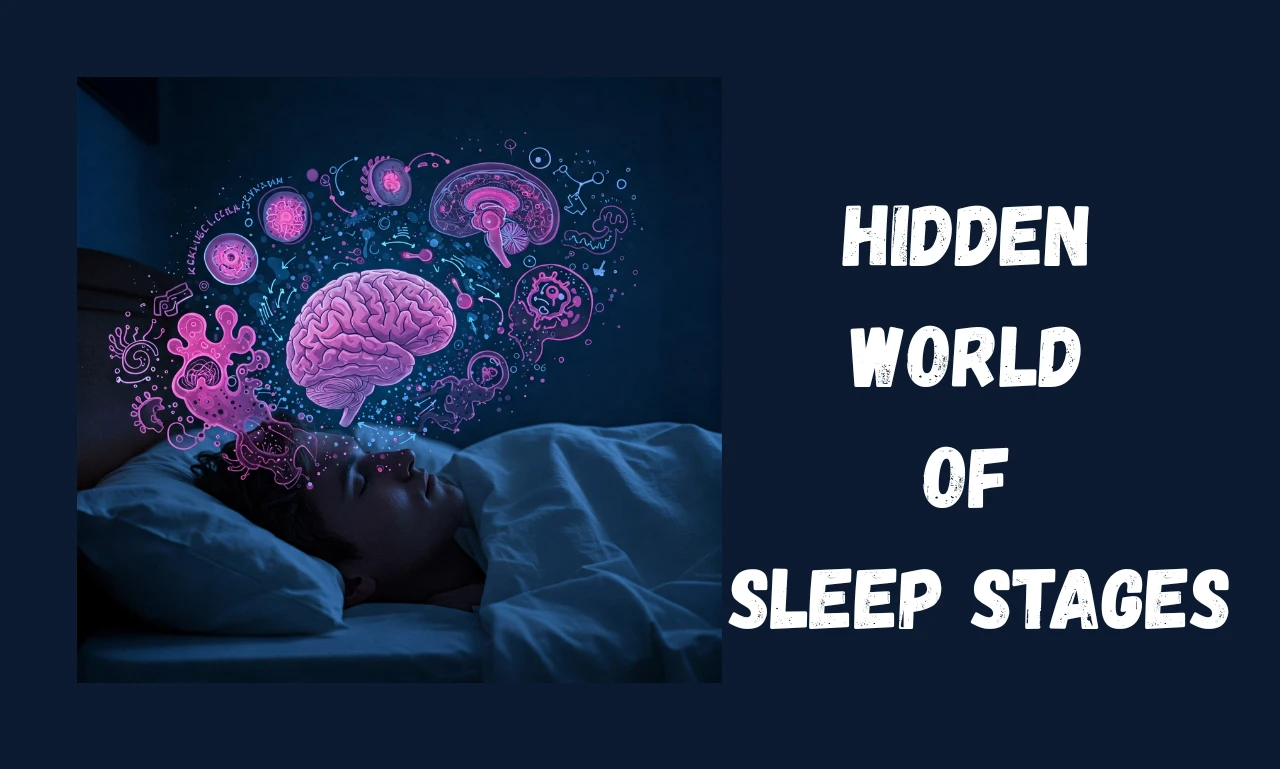We all know the feeling of finally drifting off to sleep after a long day. It might seem like a passive state of rest, but beneath the surface, your brain and body are far from inactive. In fact, sleep is an incredibly intricate process, cycling through several distinct stages, each with its own unique purpose. Understanding these stages can give you a deeper appreciation for the vital role sleep plays in our overall health and well-being.

The Two Main Types of Sleep
Sleep is broadly divided into two main categories: Non-Rapid Eye Movement (NREM) sleep and Rapid Eye Movement (REM) sleep. These two types alternate throughout the night in a cyclical pattern.
Non-Rapid Eye Movement (NREM) Sleep
NREM sleep makes up the majority of our total sleep time, accounting for about 75% to 80% of the night. It consists of three distinct stages, each progressively deeper than the last.
Stage 1 NREM: This is the lightest stage of sleep, marking the transition from wakefulness to sleep. It typically lasts only a few minutes, and you can be easily awakened during this phase. Your heartbeat and breathing begin to slow down, and your muscles start to relax.
Stage 2 NREM: As you drift further into sleep, you enter Stage 2 NREM. This stage is still considered light sleep, but you become less easily awakened. Brain waves continue to slow down, and short bursts of electrical activity known as sleep spindles and K-complexes appear. These are thought to play a crucial role in memory organization. You spend the most time in this stage throughout the night.
Stage 3 NREM: This is the deepest stage of NREM sleep, often referred to as slow-wave sleep or deep sleep. It’s more difficult to rouse someone from this stage, and if awakened, you might feel groggy and disoriented for a few minutes. During Stage 3, your body undergoes significant restorative processes, including muscle repair, tissue growth, and the release of growth hormones. This deep sleep is essential for feeling refreshed and energized in the morning.
Rapid Eye Movement (REM) Sleep
After cycling through the three stages of NREM sleep, you enter REM sleep, typically about 90 minutes after falling asleep. As the name suggests, this stage is characterized by rapid eye movements behind your closed eyelids. Interestingly, brain activity during REM sleep increases and becomes similar to that of wakefulness. This is also the stage where most vivid dreaming occurs. To prevent you from acting out your dreams, your voluntary muscles become temporarily paralyzed during REM sleep. As the night progresses and you cycle through the sleep stages multiple times, the duration of your REM sleep periods tends to increase. REM sleep is crucial for cognitive functions such as learning, memory consolidation, and mood regulation.
The Sleep Cycle
Throughout a typical night, you’ll cycle through these NREM and REM sleep stages multiple times. The first sleep cycle usually lasts around 70 to 100 minutes, and subsequent cycles extend to about 90 to 120 minutes. The amount of time spent in each stage shifts as the night goes on, with more time spent in deep sleep during the first half of the night and longer periods of REM sleep occurring towards morning.
By understanding the different stages of sleep and the vital functions they serve, you can gain a greater appreciation for the complexity and importance of a good night’s rest. Each stage plays a critical role in our physical and mental restoration, ensuring we wake up feeling refreshed, alert, and ready to tackle the day ahead. So, the next time you drift off to sleep, remember the hidden world of activity happening within you!